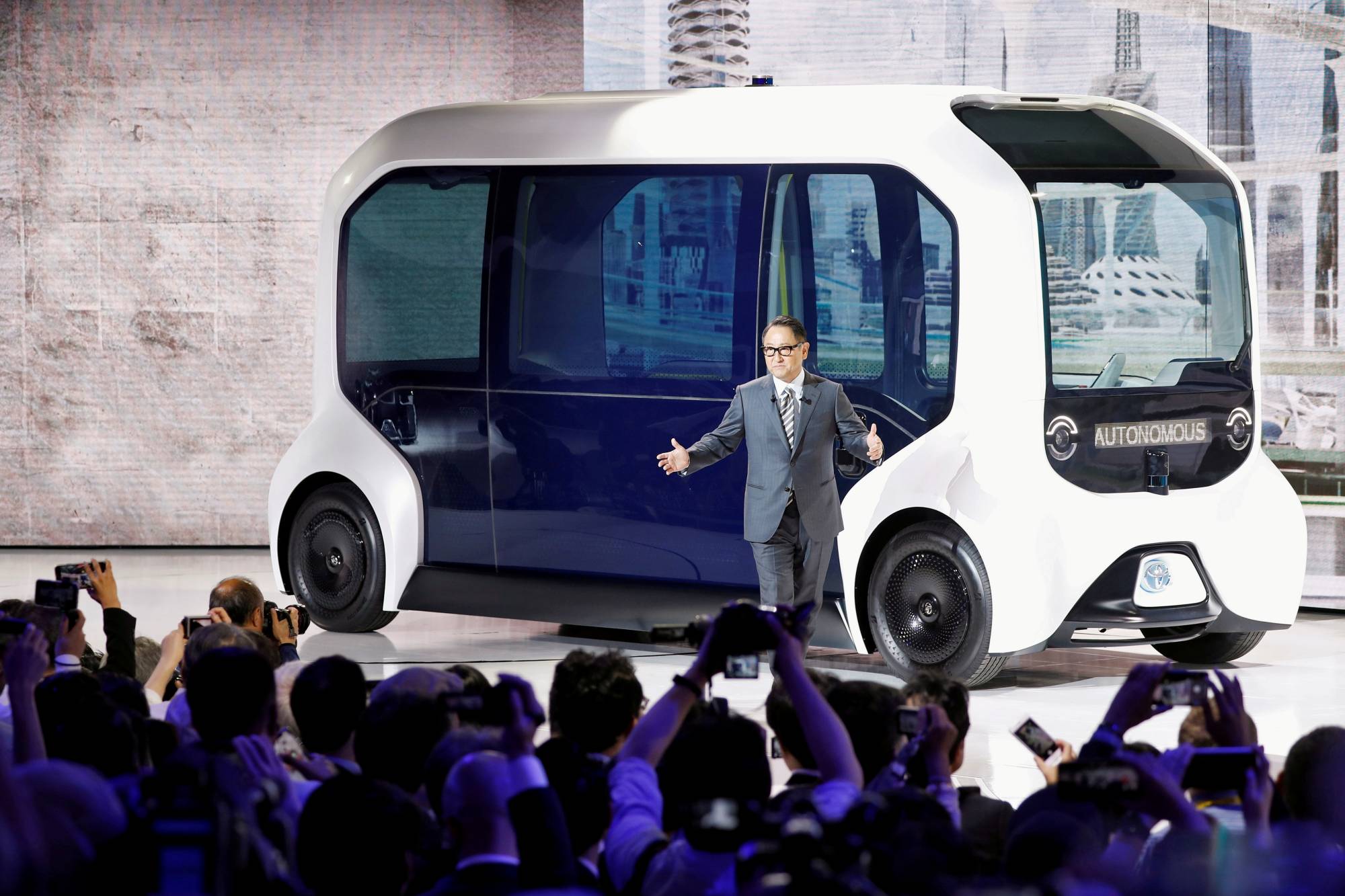On Aug. 26, there was a traffic accident in the athletes village during the 2020 Tokyo Paralympic Games. One of the electric e-Palette vehicles donated by Toyota Motor Corp. struck a visually impaired judoka from Georgia as he was trying to cross a street. The president of Toyota, Akio Toyoda, apologized for the accident, saying the company had been "overconfident" about the capabilities of the e-Palette.
The Mainichi Shimbun published a detailed summary of the incident on Oct. 4, concluding that Toyota had indeed rushed the development of the e-Palette. One of the biggest corporate sponsors of the Tokyo Olympics and Paralympics, Toyota supplied the vehicles not so much to test them under actual conditions, but rather to promote the idea that it was in the electric vehicle game. More to the point, it wanted to show off its driverless technology, but the accident had the opposite effect by revealing that the technology was faulty.
If someone hadn't been injured, the story might have been funny. There are five levels of auto-drive technology: The higher the number, the less human involvement. Auto-drive technology currently available on the market is level 1 or 2, meaning a person has to be in the driver's seat. With level 3, a human only has to be in the driver's seat in "certain environments." Levels 4 and 5 indicate the vehicle can drive itself.



